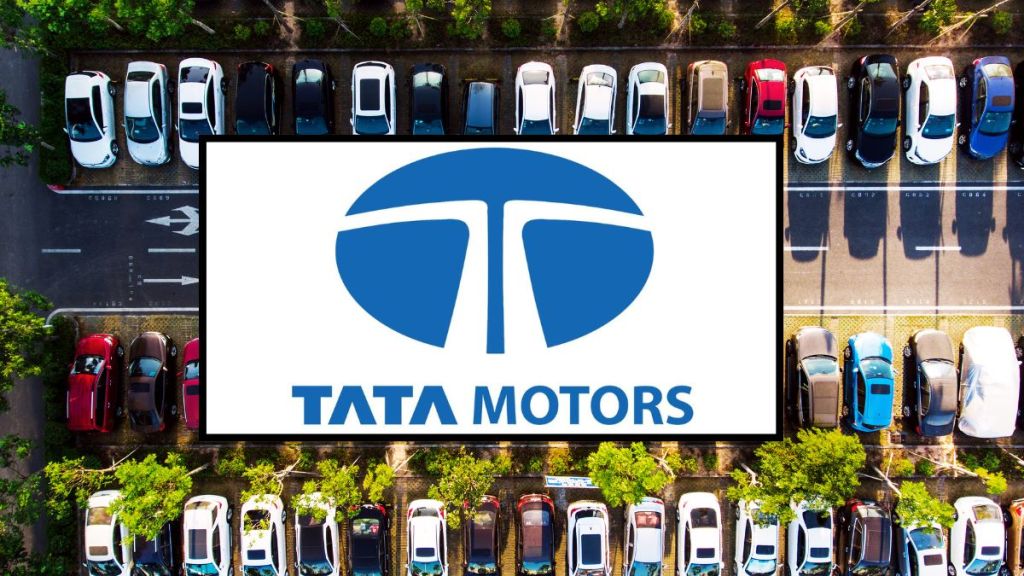Tata Motors Passenger Vehicles reported a loss of Rs 6,368 crore in the second quarter of fiscal year 2025-26. Last fiscal year, the Tata Group company posted a consolidated profit of Rs 3,056 crore in the same quarter.
The company said that it saw an exceptional gain of Rs 82,616 crore from the disposal of discontinued operations, resulting from the de-merger of Tata Motors Commercial Vehicles. Due to the exceptional gains, the company’s net profit in the quarter stood at Rs 76,248 crore.
The significant profit decline for Tata Motors PV is attributed to the prolonged shutdown of Jaguar Land Rover manufacturing facilities. The company said that JLR saw a revenue decline of 24.3 per cent in the quarter, posting a total revenue decrease of 4.9 billion sterling pounds.
Furthermore, Tata Motors PV reported a 13.43 per cent revenue decline in the quarter. The company’s consolidated revenue from operations in Q2 FY26 stood at Rs 71,714 crore, compared to Rs 82,841 crore in Q2 FY25.
“It has been a difficult period for the business”, PB Balaji, Group Chief Financial Officer of Tata Motors PV said in a statement. “Demand situation remains challenging globally but domestically there are signs of resurgence. In this context, our strategy is clear, plans robust and we will continue to execute them with speed and rigour to win” Balaji added.
JLR operations update
Regarding the Jaguar Land Rover brand, the company stated that the planned wind-down of legacy Jaguar models was impacted ahead of the launch of the new Jaguar due to the cyberattack.
“JLR has made strong progress in recovering its operations safely and at pace following the cyber incident. In our response we prioritised client, retailer and supplier systems and I am pleased to confirm that production of all our luxury brands has resumed,” JLR CEO Adrian Mardell said.
The company stated that JLR anticipates its investment expenditure to remain at £18 billion over the five-year period from FY24. The company, however, added that in light of the challenges faced, FY26 guidance has been revised, with EBIT margin in the range of 0-2 per cent and free cash outflow of 2.2 billion pounds to 2.5 billion pounds

